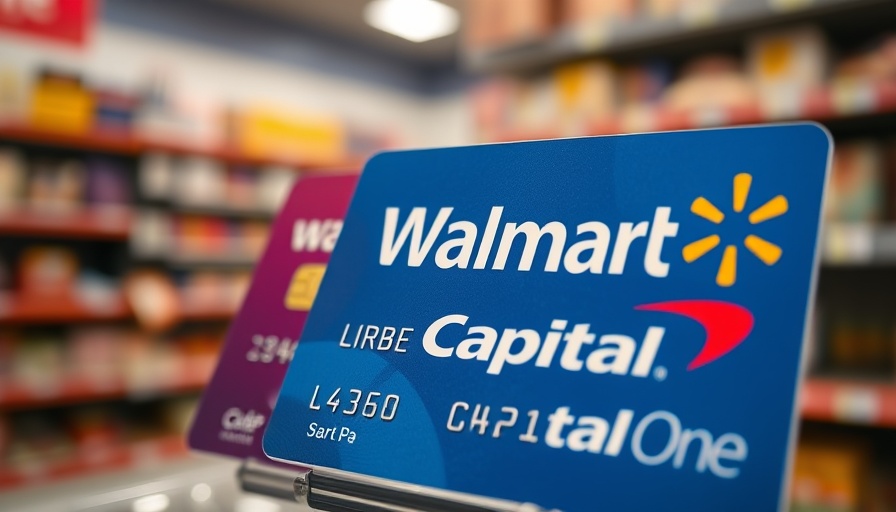
Walmart's Bold Move into Fintech
In a striking shift within the financial landscape, Walmart is launching its own credit cards through its fintech startup, OnePay, after ending its long-standing partnership with Capital One. This move signals a significant change in how Walmart approaches customer financing, indicating a savvy shift towards greater control over its financial services.
What Sparked the Change?
Walmart's decision to cut ties with Capital One comes after a lawsuit filed in 2023. The lawsuit indicated a desire to terminate the partnership long before its contract was set to expire, with Walmart aiming to transition transactions to its newly formed fintech entity, OnePay.
Why would Walmart go to such lengths? With millions of customers relying on credit products, Walmart saw an opportunity to enhance customer experience and potentially capture more of the financial services market. The strategy could be seen as a part of Walmart's broader vision to improve its customer offerings, emphasizing better service and pricing.
The Partnership with Synchrony
To roll out its credit cards, Walmart's OnePay is teaming up with Synchrony, a key player in retail banking. Synchrony will issue the cards and manage underwriting tasks. This collaboration indicates a combined effort to maintain the scale of operations while efficiently transitioning the customer experience to Walmart's app.
This partnership aims to ensure that Walmart's credit offerings remain attractive and accessible. Synchrony's background in retail financial products allows Walmart to leverage expertise while retaining control over user experience through OnePay.
The Growing Trend of Retailers Entering Financial Services
This isn't just a unique case for Walmart; many retailers are exploring their own fintech solutions. From Target to Amazon, businesses are recognizing the impact that efficient financial services can have on customer fidelity and engagement.
As consumers increasingly favor seamless, integrated shopping experiences, retailers who dive into fintech services can better control how products and services are marketed, thus increasing retention.
The Future of Financial Services for Walmart Customers
With an already substantial customer base of 10 million credit card users and about $8.5 billion in outstanding loans, Walmart is poised for growth. The transition to OnePay not only represents a new chapter in Walmart's relationship with its customers but also a transformative step in the retail sector's approach to fintech.
Looking ahead, this strategic move could redefine how customers interact with their finances, making it more convenient and tailored to their shopping habits at Walmart. Innovation tends to breed opportunities, which is precisely what Walmart intends to harness with its new credit cards.
Why This Matters
This evolution in Walmart's financial services should serve as a wake-up call for those keeping an eye on the future of retail banking. The blending of retail and fintech reflects consumer demands for integrated services, enabling companies to forge stronger bonds with their user base.
As we observe this trend, it becomes clear that the days of traditional banking as we know it may be numbered. Consumers are looking for efficiency and personalized experiences, and retailers like Walmart are stepping in to fill that gap.
In Summary, Walmart’s foray into fintech, marking the closure of its partnership with Capital One and the establishment of OnePay, positions it advantageously within the financial services sector. The collaboration with Synchrony paves the way for a more controlled and enriching experience for credit card users.
 Add Row
Add Row  Add
Add 




 Add Row
Add Row  Add
Add 

Write A Comment